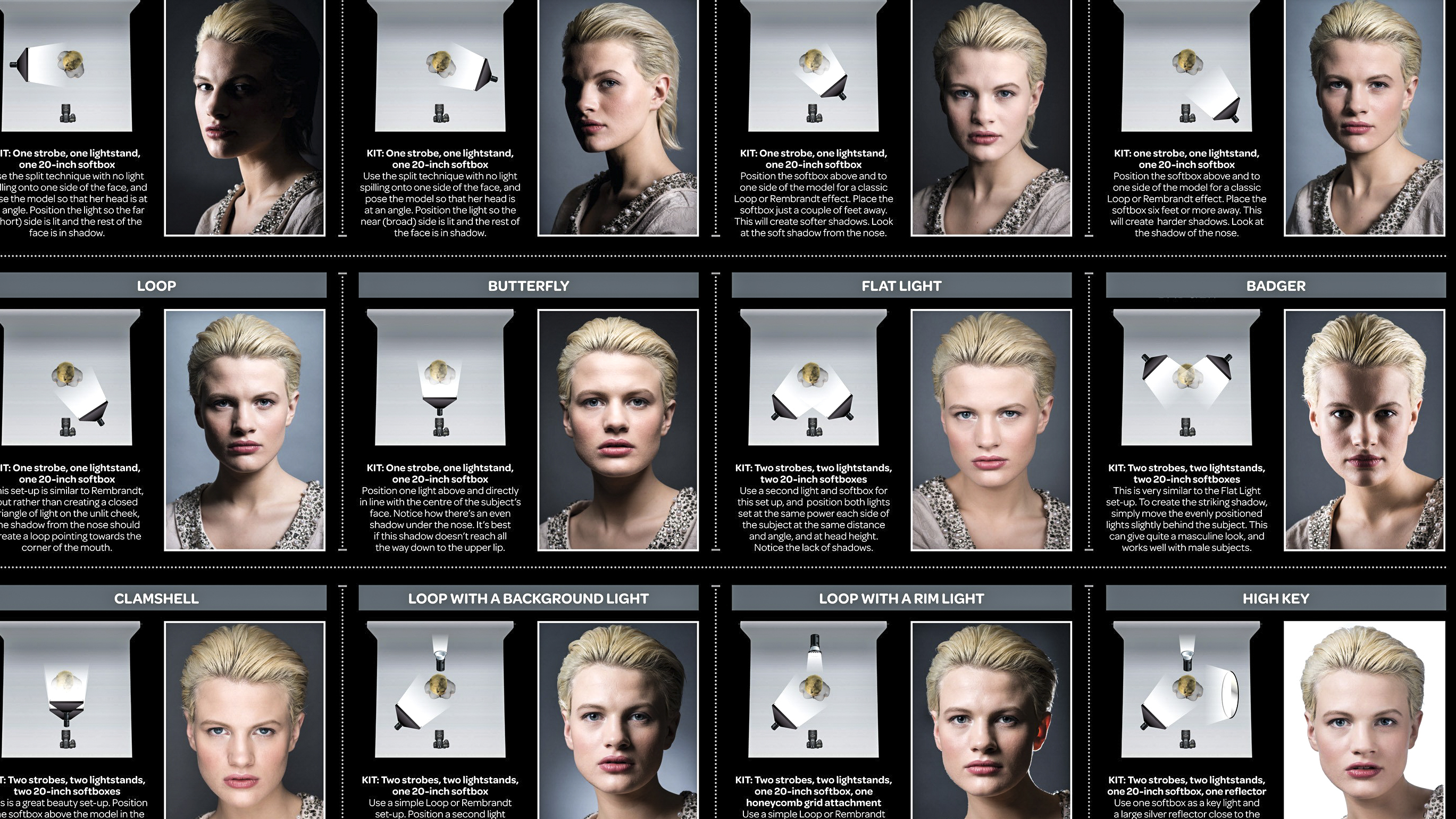Fashion Photography: Creating Magic with Light and Pose
By @jorgebscomm for @empowervmedia
Fashion photography is a dynamic and captivating genre that combines artistry with technical precision. This article explores essential posing and lighting tips to help photographers capture stunning fashion images. From understanding the importance of light to mastering the art of posing, we provide practical advice to elevate your fashion photography skills.
 |
| Fashion photography combines artistry with technical precision. (📷: kojibberish) |
Fashion photography is more than just capturing clothes; it's about creating an image that tells a story, evokes emotion, and showcases the personality of the model. Whether you're shooting for a high-fashion magazine or a personal portfolio, the principles of posing and lighting remain crucial.
The Importance of Lighting in Fashion Photography
Lighting is the cornerstone of any great photograph, and in fashion photography, it plays a vital role in setting the mood and highlighting the details of the clothing and the model.
 |
| Lighting plays a vital role in fashion photography. (📷: photgraphy-lighting) |
Natural Light vs. Artificial Light
Natural Light: Using natural light can create soft, flattering effects that are ideal for outdoor fashion shoots. The golden hour, just after sunrise or before sunset, offers the most flattering natural light.
Artificial Light: Studio lighting allows for greater control over the environment. Understanding how to use softboxes, reflectors, and diffusers can help create the desired look, whether it's soft and romantic or sharp and edgy.
 |
| Fashion Photography Lighting Cheat Sheet. (📷: americanwarmoms) |
Essential Lighting Techniques
Three-Point Lighting: This classic technique involves using a key light, fill light, and backlight to create depth and dimension.
Rembrandt Lighting: Named after the painter, this technique uses a single light source to create a dramatic effect with shadows and highlights.
High-Key and Low-Key Lighting: High-key lighting creates a bright, cheerful atmosphere, while low-key lighting is moody and dramatic.
 |
| Rembrandt Lighting creates a dramatic effect with shadows and highlights. (📷: fixthephoto) |
Posing Tips for Fashion Photography
The way a model poses can make or break a fashion photograph. Effective posing highlights the clothing, conveys emotion, and adds interest to the image.
 |
| Posing can make or break a fashion photograph. (📷: slrlounge) |
Understanding Body Language
Posture: Good posture is essential in fashion photography. Encouraging the model to elongate their neck and straighten their spine can make a significant difference.
Angles: Experiment with different angles to find the most flattering positions. Shooting from a slightly lower angle can make the model appear taller and more powerful.
 |
| Encouraging the model to elongate their neck and straighten their spine can make a significant difference. (📷: telegra.ph) |
Creating Movement and Energy
Static poses can sometimes feel lifeless. Adding movement to the shot can bring energy and excitement.
Walking Poses: Have the model walk towards or away from the camera to create a sense of motion.
Interaction with Clothing: Encouraging the model to play with their clothing, such as twirling a dress or adjusting a jacket, can add a dynamic element to the image.
 |
| Adding movement to your shot can bring energy and excitement. (📷: papiliobridal) |
Facial Expressions and Emotions
The model's facial expressions should match the mood of the shoot. From fierce and intense to soft and dreamy, guiding your model to convey the right emotion is key.
 |
| Your model's facial expressions should match the mood of the shoot. (📷: wallpapers) |
Utilising Props and Backdrops
Props and backdrops can enhance a fashion shoot by adding context and depth to the image.
Props: Simple props like chairs, scarves, or hats can give the model something to interact with, adding another layer of interest.
Backdrops: Choose backdrops that complement the clothing and overall theme of the shoot. Whether it's a textured wall, a natural landscape, or a studio setting, the background should enhance the image without distracting from the model.
 |
| Simple props can add another layer of interest to your photos. (📷: fixthephoto) |
Post-Processing Tips
Editing is an integral part of fashion photography. Post-processing can enhance the colours, contrast, and overall aesthetic of your images.
Skin Retouching: Use retouching techniques to smooth out skin tones while maintaining natural textures.
Colour Correction: Adjust the colour balance to ensure the clothing and background colours are true to life.
Sharpening: Apply sharpening techniques to enhance the details in the clothing and accessories.
 |
| Fashion photography is more than just capturing clothes. (📷: webneel) |
Mastering posing and lighting in fashion photography requires practice, patience, and creativity. By understanding the fundamentals and experimenting with different techniques, you can create stunning images that captivate viewers and highlight the beauty of fashion.
⭐⭐⭐



Comments
Post a Comment